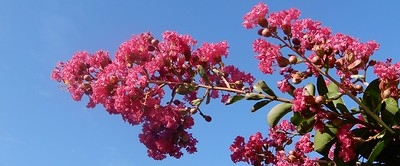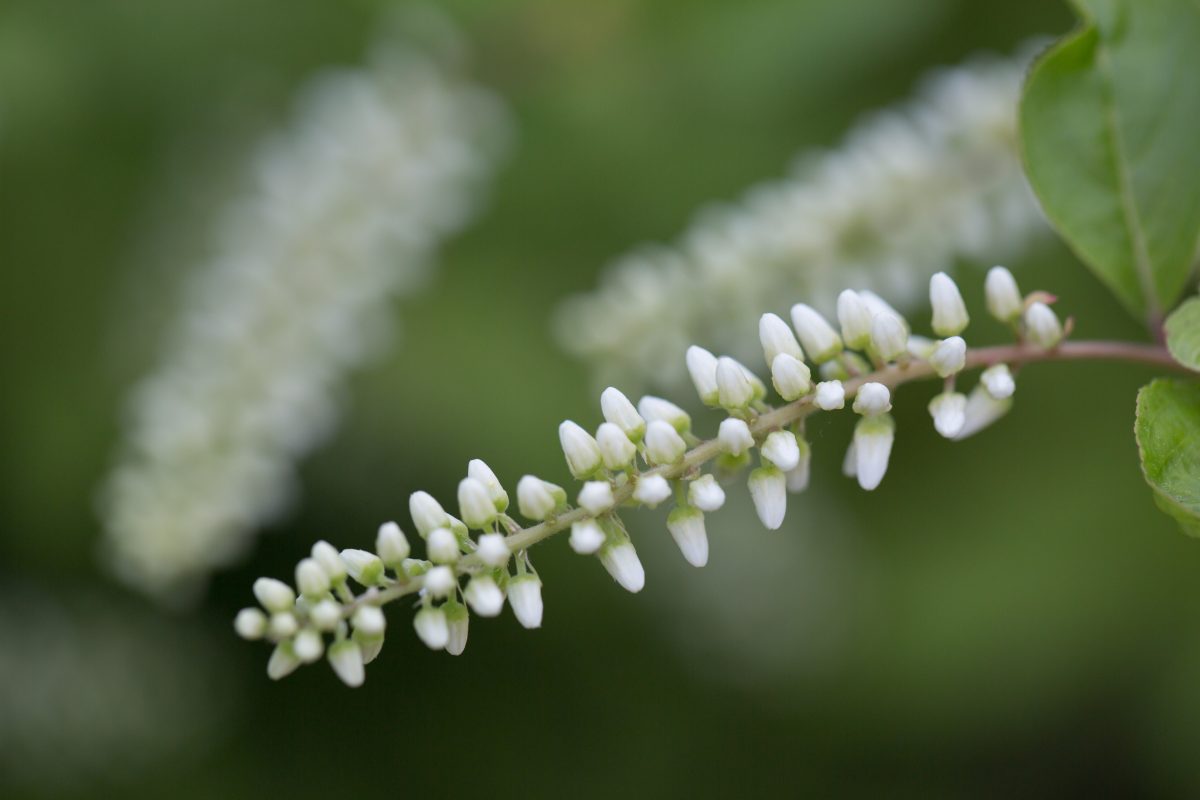

Best in partial shade in hot summer areas but they tolerate full sun in cooler, moist climates.
#Oak leaf hydrangea full#
Full sun or part shade lovers, Oakleaf Hydrangeas prefer fertile, medium moisture, well-drained soils.They are excellent substitutes for Mophead Hydrangeas (Hydrangea macrophylla) in colder climates. Cold-hardy, Oakleaf Hydrangeas can endure harsh winters and severe cold.Oakleaf Hydrangeas typically grow up to 6-8 ft.As the leaves fall, they expose the rich brown exfoliating bark.

In fall, the foliage of deeply lobed, oak-like leaves steals the show by turning bronze, crimson or burgundy, making this flowering shrub one of the most attractive shrubs for the fall garden. Lasting about 3-4 weeks, the elongated flower clusters gradually turn pink as fall approches. (30 cm), in late spring and early summer. Named after the shape of its beautiful leaves, it produces a profusion of magnificent grapes of creamy-white flowers, up to 12 in. Though cultivars vary in size, many will grow over 8 feet in height, although they can be kept compact with pruning, and propagated via cuttings or layering.Īny way you grow them, however, oakleaf hydrangeas are beautiful and versatile shade-loving native plants for US gardens.Native to the United States, Hydrangea quercifolia (Oakleaf Hydrangea) is a very handsome and versatile deciduous shrub which provides a spectacular show all year round. In natural assemblages, they grow well with magnolias, oaks, beech, and hickories, although they can successfully be planted under an array of tree species, provided attention is paid to soil pH. Thus, a soil blend with leaf mold, compost, and a helping of dolomitic lime can be the right mix for successfully planting oakleaf hydrangeas.Īs an understory plant, oakleaf hydrangeas will thrive in partial or full shade, delivering a large crop of flowers in a spot with cool morning sun and afternoon shade against the heat. Seemingly paradoxically, they also grow well in soils with more lime or chalk than other acidic soil lovers like rhododendrons or blueberries. Quercifolia comes from the Latin “quercus,” meaning oak, and “folium,” meaning leaf: this aspect of the name has been translated to the English common name of “oakleaf,” and speaks to the distinctive lobed shape of the leaves.Īs with many plants that live on the organic matter rich floor of the forest, oakleaf hydrangeas prefer a slightly acidic soil: with an ideal pH range of 5.0–6.5. Hydrangea comes from the Greek “hydor," meaning water, and "angos,” meaning cup: this tells you that the plant is a heavy consumer of water, and won’t tolerate a dry spot without significant irrigation. Both parts of this name say quite a lot about the plant. Numerous cultivars are available, so beyond shopping for the the distinctive leaf shape among the hydrangeas, look for the binomial name for the shrub: Hydrangea quercifolia. Boasting large panicles bearing cone-shaped clusters of off-white blossoms, these hydrangeas are unlike most of their relatives, which typically flower in a dome-like shape.

Native to shady woodland habitats across the Southeastern United States, oakleaf hydrangeas are now a staple ornamental plant across USDA zones 5-9 in the temperate zone.


 0 kommentar(er)
0 kommentar(er)
